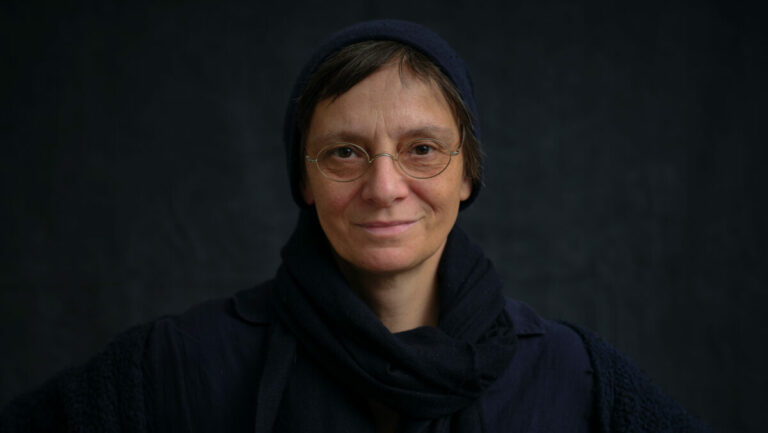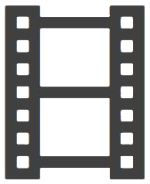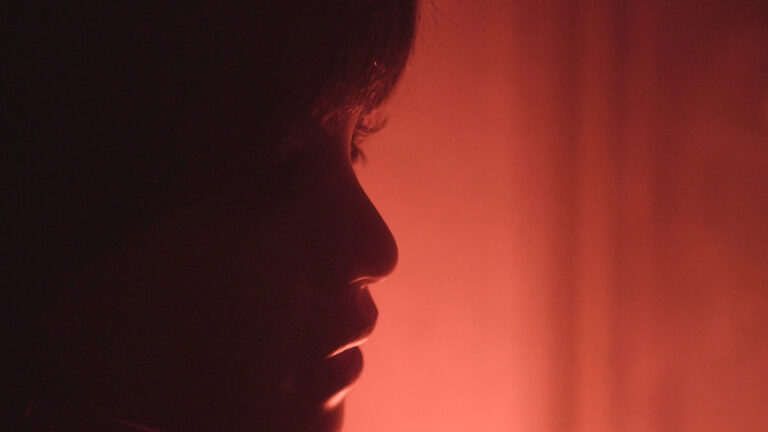
ROBOLOVE, 2019, 79’
– Patrick Holzapfel, Viennale 2019
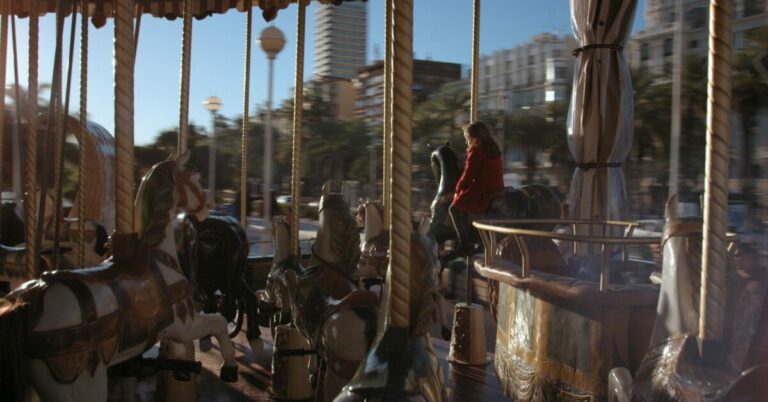
FATHER, MOTHER, DONOR, CHILD, 2017, 52'
– Autlook Filmsales
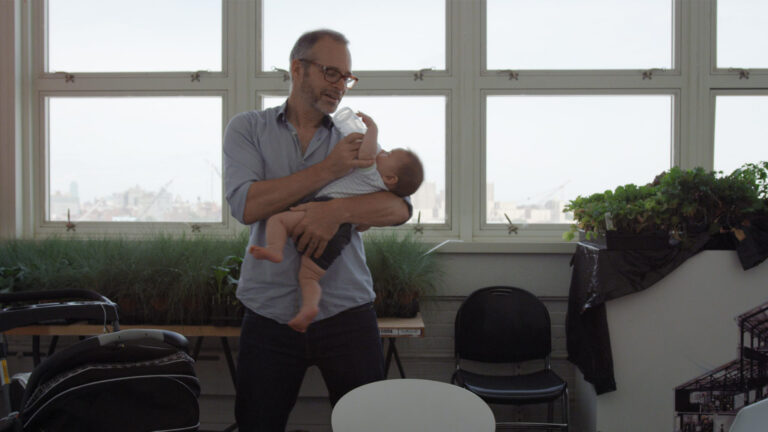
FUTURE BABY, 2016, 91’
– Sheri Linden, The Hollywood Reporter
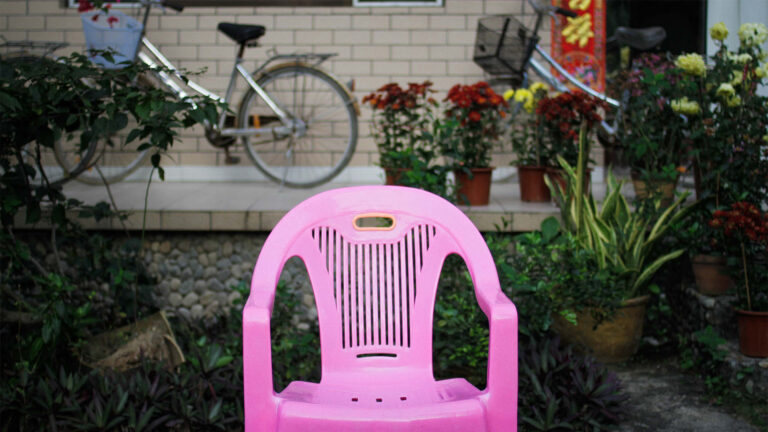
LOOKING FOR QI, 2011, 57’
- Maria Arlamovsky
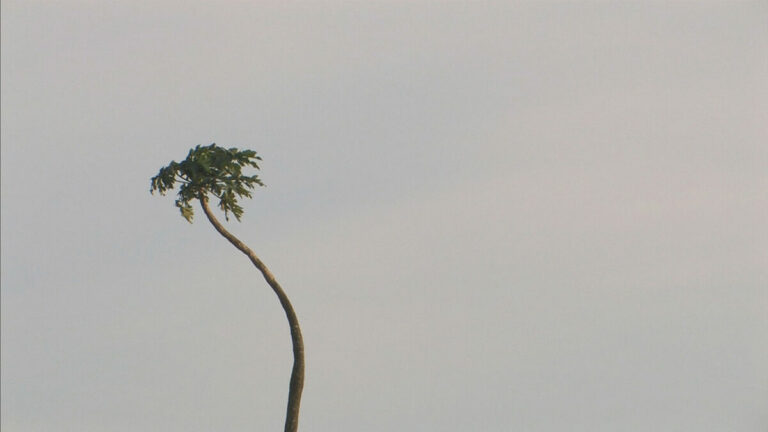
A WHITE SUBSTANCE, 2008, 21’
– IDFA International Documentary Film Festival Amsterdam, 2008

LOUD AND CLEAR. LIFE AFTER SEXUAL ABUSE, 2002, 67’
– NGF Filmproduktion, Synopsis
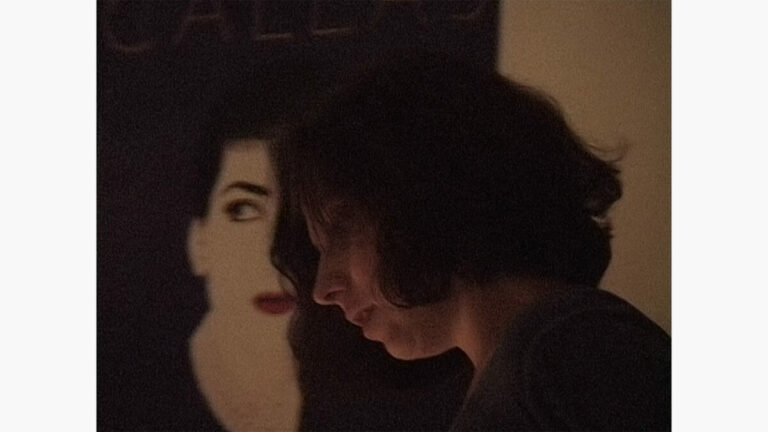
RUBBER CHICKEN BORN AT HOME, 1998, 75’
– Maria Arlamovsky, Diagonale Catalog, 1999
Maria Arlamovsky
Since 1997, Arlamovsky has been making documentaries that deal with the impact that societal power relations have on female bodies. This topic runs like a thread through her work, both in earlier films devoted to forms of sexual violence and in the later works, in which Arlamovsky explores how bodies are affected by medico-technological development and market interests. Her films have been shown in cinemas, on television, and worldwide at international documentary festivals such as IDFA, HotDocs und Visions du Réel. In addition, she has organized film screenings revolving around the female body and lectured at universities, museums and international conferences.
Maria Arlamovsky lives with her 4 children in Vienna and works as a documentary filmmaker. She studied Sculpture in Paris as well as Intercultural Competence and Film in Austria.
